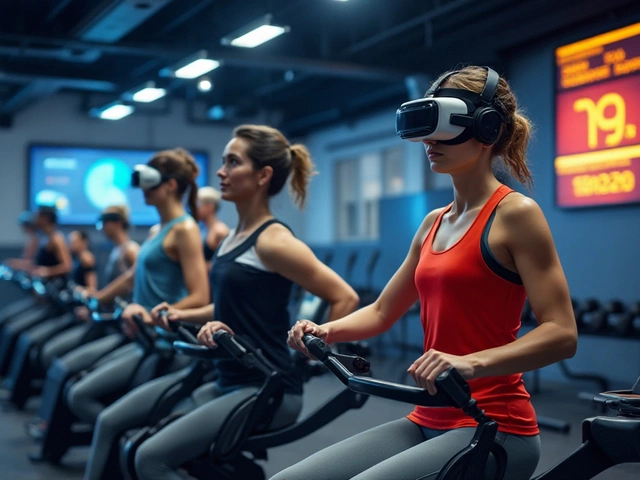Physics in Sports
When working with physics in sports, the application of scientific principles to understand how forces, motion, and energy affect athletic performance. Also known as sports physics, it helps athletes, coaches, and officials make smarter decisions on the field. This mix of science and play is why you’ll see everything from shoe design to pacing strategies rooted in real‑world physics.
One core pillar is biomechanics, the study of body movement, force vectors, and joint mechanics during sport. Biomechanics lets us break down a runner’s stride, a footballer’s kick, or a referee’s sprint into numbers. When you know the exact angle of a soccer kick, you can predict ball speed and trajectory, which directly ties back to physics in sports. In practice, biomechanics informs technique tweaks that shave seconds off marathon times or improve a tackle’s safety.
Another essential piece is sports equipment, the tools and gear designed with materials, aerodynamics, and durability to enhance athletic output. From carbon‑fiber bike frames to vibration‑dampening running shoes, equipment performance hinges on physics concepts like stress‑strain relationships and air resistance. Understanding these properties helps manufacturers create shoes that return more energy, which explains why a post might compare HOKA’s cushioning to Nike’s tech. The right gear can mean the difference between a 4‑hour marathon and a 5‑hour finish.
Beyond gear, training science, the evidence‑based methods that shape an athlete’s fitness, pacing, and recovery brings physics into daily routines. Training plans calculate optimal VO2 max zones, lactate thresholds, and the forces the body can sustain over long distances. That’s why a 16‑week marathon schedule can reliably guide a runner toward a sub‑4‑hour goal: the plan aligns physiological load with mechanical output, a clear physics‑driven relationship.
Data‑driven performance analytics, the collection and interpretation of metrics like speed, power, and heart rate completes the picture. Modern wearables turn raw numbers into actionable feedback—think split times that reveal where a runner slows due to terrain drag. Analytics bridges the gap between theory and reality, letting athletes fine‑tune technique based on measurable physics outcomes.
Why Physics Matters for Referees
Even officials rely on physics. A referee’s positioning, sprint speed, and line‑of‑sight decisions all follow the same force‑motion rules that govern players. Knowing the optimal angle to view a foul or the distance needed to catch a fast break helps maintain fairness. That’s why our tag collection often links back to rules, equipment standards, and the science behind making split‑second calls.
The articles below cover a wide range of topics that all tie into these principles. You’ll find deep dives on marathon pacing, shoe technology, nutrition for peak output, and the material science behind durable gear. Each piece shows how a solid grasp of physics in sports can boost performance, cut injury risk, and support better officiating.
Ready to see the science in action? Below you’ll discover practical tips, real‑world case studies, and clear explanations that turn abstract physics into everyday advantage for athletes and referees alike.
Exploring Sports Equipment Through the Lens of Physical Science
Sports equipment isn't just about what teams use on the field – it's a collection of tools that bridge the gap between physics concepts and athletic performance. Understanding how equipment works from a physical science perspective can help improve performance, minimize injury risks, and foster innovation in sports technology. This article delves into the importance of this intersection and reveals some fascinating aspects and tips. You'll learn how small changes in equipment design can make a big difference in performance.





